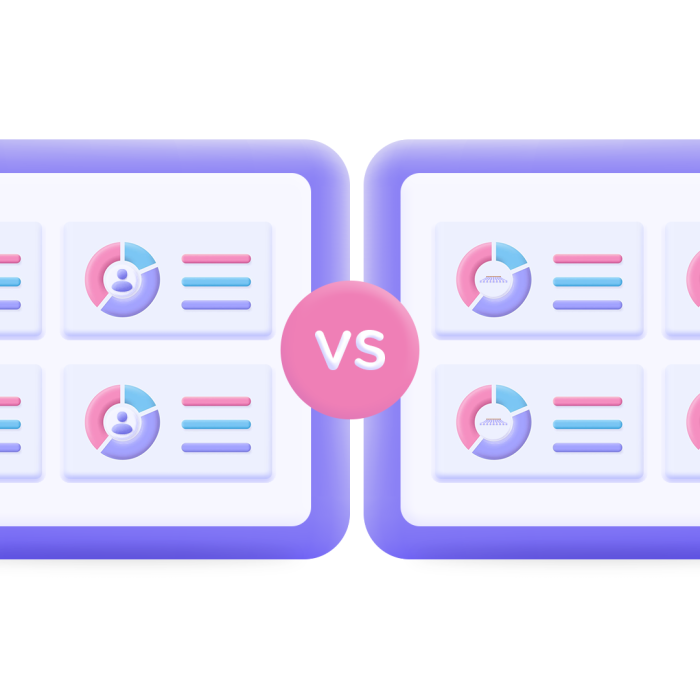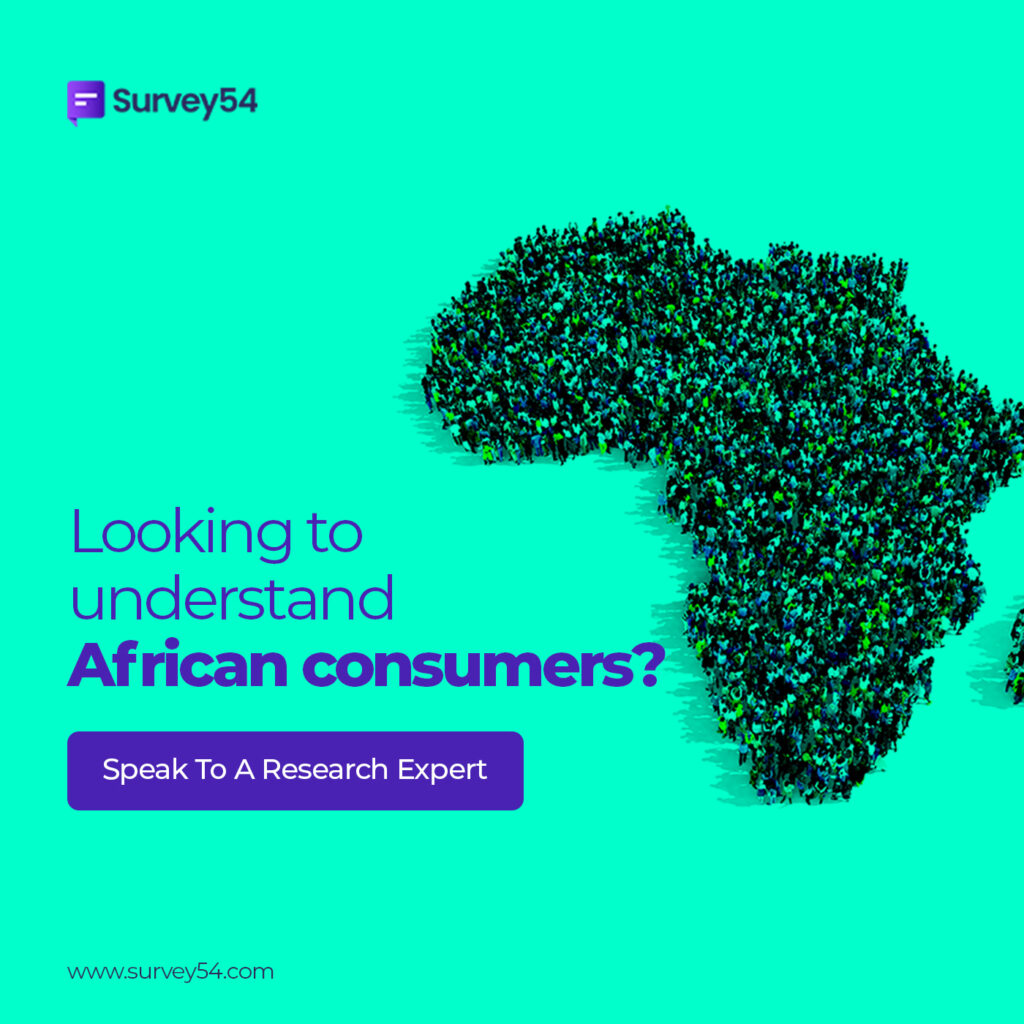When it comes to creating consumer segmentation, there are two options: customer segmentation and market segmentation. Both serve distinct functions. So, if the idea of segmentation appeals to you, the first question you must answer is: what is your goal?
Customer and target market segmentation is a hot topic for marketers today.
In this article, we’ll stare at customer segmentation vis-à-vis market segmentation and when to use each. Are these two segmentation methods really that dissimilar?
They certainly are. We’ll walk you through the distinctions and similarities. We’ll also explain why both should be held in Africa. First, what exactly is customer segmentation?
What is customer segmentation?
Customer segmentation entails categorizing customers based on various criteria such as expectations or demographics. Customers can be segmented to help businesses organize their resources so that they can communicate effectively with each customer segment, thereby, maximizing their marketing efforts for retention and revenue growth.
Customer segmentation can be divided into three categories. They are as follows:
- Post Hoc: This is the most well-known method of customer segmentation. Based on marketing research, this strategy employs characteristics or demographics to create customer groups with similar characteristics.
- Needs-based: This segmentation involves grouping customers based on their various reasons for purchasing a specific item or service, rather than other factors such as age or location.
- Value-based: As the name implies, this segmentation method groups customers based on the value they bring to your company. For example, you could use this segmentation data to develop a value-based pricing model.
Also, an archetype is a specific segment that has been transformed into a persona or profile. These archetypes aid your sales team implement a precise marketing strategy for each segment, like a free trial plan for a specific set of customers, using segmented customer data. Targeted activities, like an email series, assist you in maximizing value for your customers – and your business.
Customer segmentation builds customer loyalty
Customer segmentation is typically accomplished through the use of internal data about your customers. It can originate from a variety of sources, including a loyalty program, digital or transactional behavioral data, etc. Internal data can be supplemented with survey data, for example, to gain insight into attitudes and motivations. The important thing is that the data is associated with a unique identifier.
Customer segmentation, as opposed to market segmentation, is used to steer marketing strategies and product/service offerings, with the principal goal of building customer loyalty.
How can segmentation help you build customer loyalty?
- Boosting responsiveness: By getting to know your customers better, you’ll be able to provide personalized, consistent, and relevant marketing content to each customer segment, increasing engagement.
- By increasing return on investment (ROI): You can substantially improve the outcomes of your marketing campaigns by being more relevant in digital communications and optimizing spending on the right customers.
- By segmenting customer paths: By recognizing the needs and motivations at each stage of the purchasing process, you can be more concise and relevant to each segment (possibly with surveys).
Advantages of Customer Segmentation
Every customer is unique. By segmenting your customer base, you can ensure that you’re sending the right marketing communications to the right customers at the appropriate point in their customer journey.
Customer segmentation can help you to:
- Determine the most valuable segments based on customer requirements.
- Increase your marketing ROI by targeting only customers who are likely to buy.
- Improve your customer loyalty by tailoring your products or services to your most loyal customers (or even developing new products for your ardent fans!).
- Provide better customer service, which leads to a better customer experience.
- Increase revenue.
- Reduce your waste.
What is market segmentation?
In contrast, market segmentation splits target markets into smaller, more clearly identifiable categories. Market segments are groups of customers who share similar features, interests, locations, and other characteristics.
There are four different kinds:
- Demographic segmentation is the most prevalent type of market segmentation that employs statistics about a specific group of customers.
- Psychographic segmentation groups target audiences and potential customers based on personality and character traits.
- Behavioral segmentation is concerned with how a customer acts rather than who the customer is.
- Geographic segmentation is the simplest type of market segmentation because it divides audiences geographically into customer segments.
Market segmentation aids in gaining market share and developing new markets.
This segmentation is based on all market consumers, not just yours, but also those of your competitors. As previously stated, consumers can be classified in a variety of ways, including sociodemographics, needs, motivations, behaviors, consumption habits, sentiments, values, and so on.
The goal of market segmentation is to increase market share. As a result, it is critical to disseminate this segmentation throughout the organization so that each division can benefit from it. If marketing is attempting to attract a specific segment through its correspondence, the Web interface, product portfolio, and service must meet these segments’ expectations. In fact, the entire organization must be aligned with its key segments’ needs, motivations, and desires.
However, how can market segmentation assist us in increasing our market share?
- Having a common point of reference across the team aids in identifying corporate priorities and aligning strategies to the same targets. That way, every team member speaks in one voice to the consumer.
- Identify the value proposition by recognizing the segments with the most value, identifying their priority needs, and irritants, thereby, better meeting their expectations. Ensure that the experience is optimal, regardless of the path taken, and that the segment becomes closely bonded to your brand. You can create a service and product offering that is more particularly suited to their wants and needs.
- To save resources, you can direct your marketing, sales, and distribution efforts toward acquiring segments that are most valuable to YOU, instead of focusing on acquiring customers of any quality.
- For a given segment, you can determine how and where to reach it, what message will be most effective, what functionalities your digital channels should have, and so on. This will also help you determine the best acquisition strategy for you.
Advantages of Market Segmentation
Market segmentation provides its own set of advantages. Following market research, you’ll learn how to do the following for your business:
- Create more effective marketing campaigns and messaging.
- Determine the most effective marketing strategies.
- Create hyper-targeted ads for a specific audience.
- Attract and convert more qualified leads.
- Set your company apart from the competition.
- Increase customer affinity and loyalty.
- Look for niche opportunities.
How do customer segmentation and market segmentation differ?
When creating buyer personas, customer segmentation provides a lot more detail. An archetype, on the other hand, is a much wider concept of an ideal customer.
It is not recommended to use market segmentation to create a buyer persona because it provides such a broad overview of the customer, the market as a whole, and your place within it.
It’s the same as looking for pins in perfectly rounded haystacks – it’s still a pin and a haystack.
While customer segmentation provides a more detailed picture of your customer base, market segmentation has its purposes.
However, no segmentation strategy will work in the absence of data. It is also worth noting that both types of segmentation can coexist while serving different but complementary targets.
Why African businesses should conduct customer segmentation and market segmentation
For years, most African businesses have had a problem: they rarely outlive their founders. This explains the continent’s high rate of business failure. The scarcity of reliable data in Africa has dealt a significant blow to the survival of African businesses. Local businesses frequently struggle while their foreign competitors thrive in the same market. The distinction is that the latter knows something that the former does not.
Adequate data-backed intelligence can put a stop to this threat.
In-depth customer and market segmentations are the keys that African businesses require to stop making rash business decisions. They can also help to reduce the rate of business failure on the continent.
Segmentation is especially important for businesses looking to identify the pain points of their market niche. This allows them to tailor their products/services and marketing strategy to achieve the desired result(s). It saves them from going around in circles with their approaches and allows them to make an immediate impact.
Market segmentation allows marketers to focus their efforts on specific customer groups rather than the general public, making campaign planning easier. Marketers can be more efficient with their time, money, and other resources by using segmentation.
Companies can learn more about their customers by segmenting them. They gain a better understanding of their customer’s needs and desires, allowing them to tailor campaigns to the customer segments most likely to purchase products.
It doesn’t end there.
Customer segmentation is critical for optimizing marketing strategies, maximizing a customer’s value to your business, and improving customer experience and satisfaction.
With such an incredible diversity of people and personalities on the continent, a potential market is rarely defined singularly or easily. When dealing with a multi-ethnic and multi-cultural landscape such as Africa, it is critical to understand your target customer base in order to ensure that your interactions are both effective (appealing, action-promoting) and acceptable (non-offensive, timely, and relevant). The segmentation process starts by clustering customers and potential customers into groups with similar characteristics, so that you can communicate effectively and efficiently with all of the individuals in that segment. You also end up doing this with a sense of personal attention, without contacting each individual personally. Your marketing tactics will thus become more effective and efficient, saving you time and money while also increasing the benefits.
This is a critical approach that many African businesses are unaware of. Those who are aware do not take it seriously. Those that manage to use it do so in an ineffective manner. They are now losing market share to foreign players who are willing to do the job properly and patient enough to see the results. As a result, many African businesses fail.
How Survey54 can help
You can’t tell if different pricing, sales, or better communications will appeal to the different segments of your customer base without data. You may be passing up legitimate opportunities to market to more profitable segments.
Survey54 has the solution for you.
Creating segmentation is part of our proven and trusted expertise at Survey54. Our approach is methodical and fact-based. We also assist you in its implementation to ensure that it is concretely integrated into your business strategies. Because, we understand that no matter how appealing a segmentation is, it is pointless if it is not an essential component of your decisions!
With our AI-empowered, self-serve tool, you can divide and subdivide your customers into whatever ways make the most sense for you and your business.
Are you ready to experience the wonders of Survey54 for you and your business? Contact our expert team to get started.


